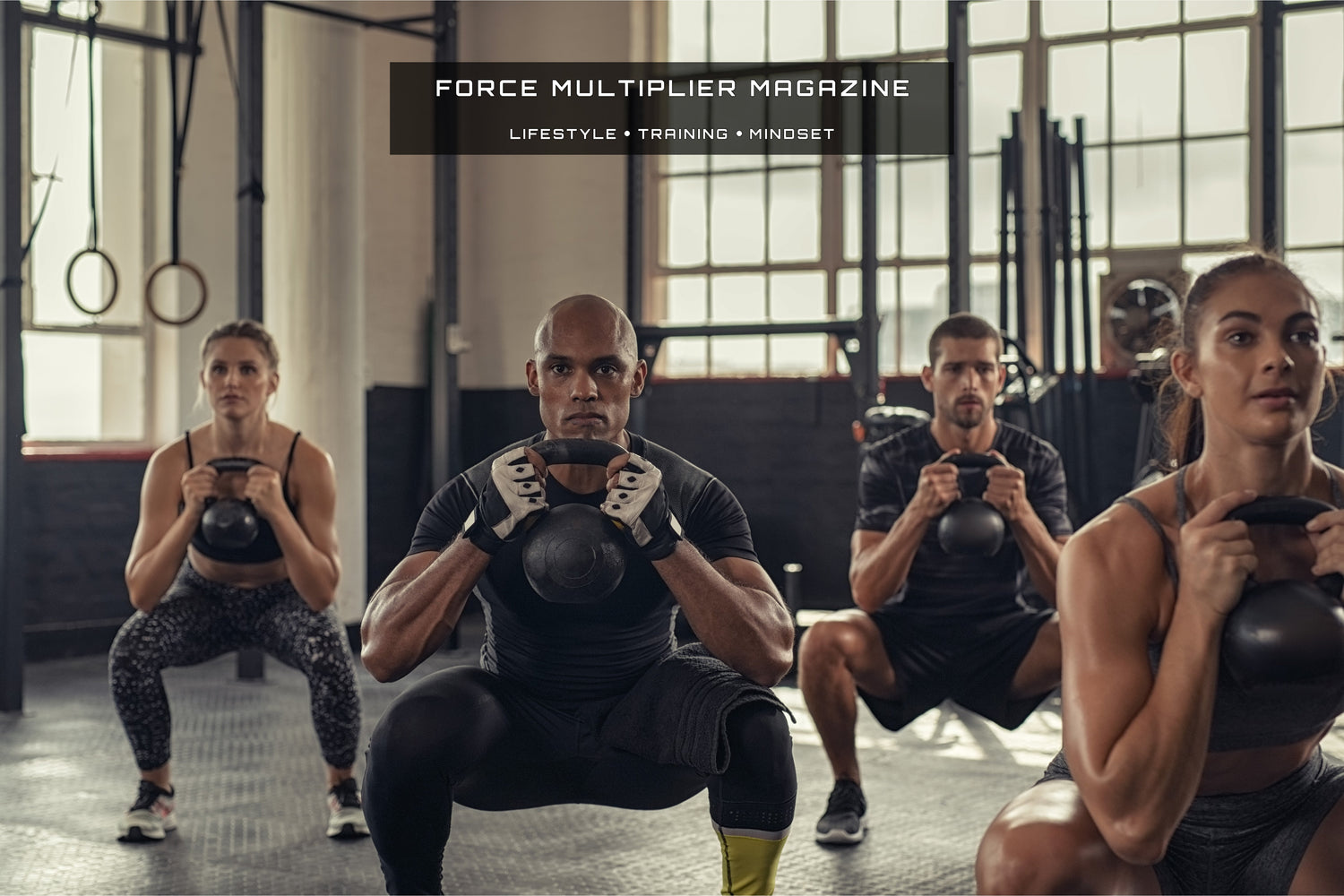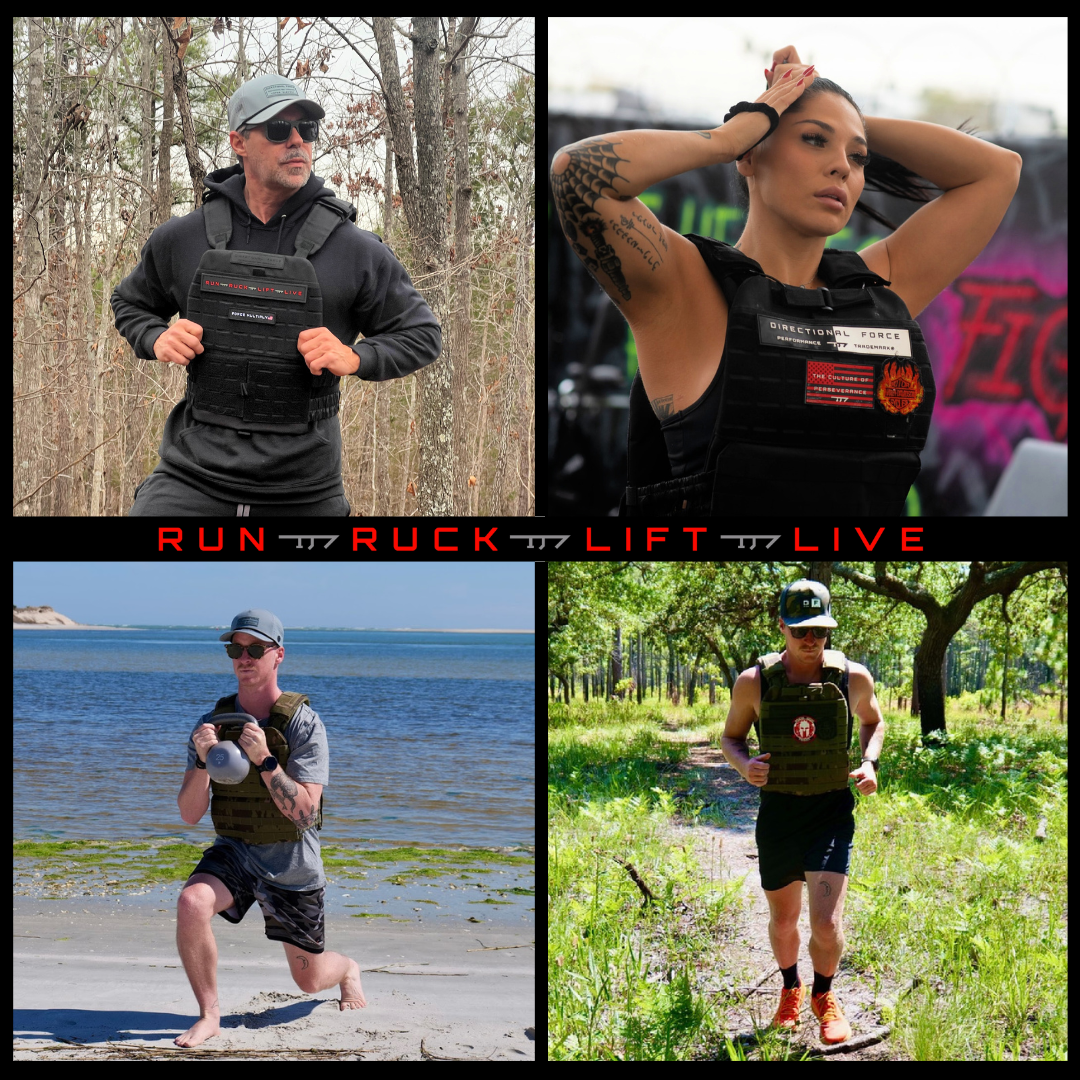One Kettlebell is all you need to get an intense workout and get in tremendous shape. Kettlebells, those cannonball-shaped weights with a single handle, have surged in popularity for good reason. They offer a unique blend of strength, cardiovascular, and functional training, making them a versatile tool for fitness enthusiasts of all levels. Whether you're a beginner or a seasoned athlete, kettlebell workouts deliver unparalleled benefits that can transform your body and boost your overall health. In this article, we'll explore the tremendous advantages of kettlebell training and provide a sample workout to get you started.
Why Kettlebells? The Benefits Unveiled
1. Full-Body Strength and Power
Kettlebell exercises engage multiple muscle groups simultaneously, promoting functional strength that translates to real-world activities. Movements like the kettlebell swing or snatch target the posterior chain—glutes, hamstrings, and lower back—while also activating the core, shoulders, and arms. This comprehensive approach builds strength that enhances performance in sports, daily tasks, and other workouts.
2. Cardiovascular Endurance
Kettlebell workouts are inherently dynamic, blending strength and cardio into one session. High-intensity kettlebell circuits elevate your heart rate, improving aerobic capacity and endurance. Studies have shown that kettlebell training can match or even surpass traditional cardio methods like running for improving VO2 max, all while building muscle.
3. Improved Mobility and Flexibility
The ballistic nature of kettlebell movements, such as swings and Turkish get-ups, promotes mobility in the hips, shoulders, and spine. These exercises require a full range of motion, which enhances flexibility and joint health over time. Regular kettlebell training can counteract the stiffness caused by sedentary lifestyles or repetitive gym routines.
4. Core Stability and Balance
Every kettlebell exercise demands core engagement to maintain proper form and control. The off-center weight of a kettlebell challenges your balance, forcing your core muscles to work harder than they would with traditional weights. This leads to a stronger, more stable midsection, which is crucial for posture, injury prevention, and athletic performance.
5. Time Efficiency
Kettlebell workouts are a busy person's dream. Because they combine strength, cardio, and mobility training, you can achieve a comprehensive workout in as little as 20–30 minutes. High-intensity kettlebell circuits maximize calorie burn and muscle activation, making them ideal for those with packed schedules.
6. Versatility and Accessibility
With just one or two kettlebells, you can perform hundreds of exercises targeting every major muscle group. Kettlebells are portable, require minimal space, and can be used at home, in a gym, or outdoors. Plus, they come in a range of weights, making them suitable for beginners and advanced lifters alike.
7. Mental Toughness and Resilience
Kettlebell training is as much a mental challenge as it is a physical one. The intensity of the workouts builds mental grit, teaching you to push through discomfort and stay focused. Over time, this resilience carries over to other areas of life, fostering discipline and determination.
Sample Kettlebell Workout: The Full-Body Blitz
Ready to experience the benefits of kettlebell training? This beginner-friendly, full-body workout is designed to build strength, boost cardio, and enhance mobility. Perform it 2–3 times per week, resting for 48 hours between sessions. Always consult a fitness professional before starting a new workout program, especially if you're new to kettlebells.
Equipment Needed
-
One kettlebell (beginners: 8–12 kg for women, 12–16 kg for men; intermediate: 16–20 kg for women, 20–24 kg for men)
-
Comfortable workout clothes and flat-soled shoes
-
A clear, non-slip surface
Warm-Up (5–7 minutes)
-
Joint Rotations: Rotate your wrists, shoulders, hips, and ankles (30 seconds each).
-
Bodyweight Squats: 10 reps to loosen up the hips and knees.
-
Halo: Hold the kettlebell by the horns (handle base) and circle it around your head, 5 reps per direction.
-
Dynamic Stretching: 30 seconds of leg swings and arm circles.
Workout (20–25 minutes)
Complete 3 rounds of the following circuit. Perform each exercise for 40 seconds, resting for 20 seconds between exercises. Rest for 1–2 minutes between rounds. Focus on form over speed, and reduce the weight if you can't maintain proper technique.
-
Kettlebell Swing (Targets: Glutes, hamstrings, core)
-
Stand with feet shoulder-width apart, kettlebell on the floor in front of you.
-
Hinge at the hips, grab the handle, and swing the kettlebell back between your legs.
-
Drive your hips forward to swing the kettlebell to chest height, keeping arms straight.
-
Let the kettlebell swing back down and repeat rhythmically.
-
-
Goblet Squat (Targets: Quads, glutes, core)
-
Hold the kettlebell by the horns at chest level, elbows tucked.
-
Stand with feet slightly wider than shoulder-width, toes slightly turned out.
-
Squat down, keeping your chest up and knees tracking over toes.
-
Push through your heels to stand, squeezing your glutes at the top.
-
-
Single-Arm Kettlebell Row (Targets: Back, biceps, core)
-
Place your left hand and knee on a bench or sturdy surface, right foot on the floor.
-
Hold the kettlebell in your right hand, arm extended toward the floor.
-
Pull the kettlebell to your hip, keeping your elbow close to your body.
-
Lower slowly and repeat for 20 seconds per side.
-
-
Kettlebell Clean (Targets: Glutes, core, shoulders)
-
Start with the kettlebell on the floor, feet shoulder-width apart.
-
Hinge at the hips, grab the handle, and pull the kettlebell up, keeping it close to your body.
-
As it reaches chest height, rotate your wrist to "catch" the kettlebell in the rack position (resting on your forearm, elbow tucked).
-
Lower back to the floor and repeat, switching sides halfway.
-
-
Turkish Get-Up (Half) (Targets: Core, shoulders, mobility)
-
Lie on your back, holding the kettlebell in your right hand, arm extended toward the ceiling.
-
Bend your right knee, foot flat on the floor, and sit up, keeping the kettlebell overhead.
-
Reverse the movement to return to the starting position.
-
Switch sides halfway, focusing on slow, controlled movements.
-
Cool-Down (5 minutes)
-
Cat-Cow Stretch: 8–10 reps to mobilize the spine.
-
Hamstring Stretch: Hold for 30 seconds per leg.
-
Chest Opener: Clasp hands behind your back and lift slightly, hold for 30 seconds.
-
Deep Breathing: Inhale for 4 counts, exhale for 6 counts, for 1 minute.
Tips for Success
-
Master Form First: Proper technique prevents injury and maximizes results. Consider working with a certified kettlebell instructor to learn the basics.
-
Progress Gradually: Increase weight or rounds as you gain strength and confidence.
-
Listen to Your Body: Stop if you feel pain (beyond normal muscle fatigue) and consult a professional.
-
Stay Consistent: Aim for 2–3 sessions per week to see noticeable improvements in 4–6 weeks.
The Kettlebell Revolution Awaits
Kettlebell workouts are more than a fitness trend—they're a powerful, efficient, and fun way to transform your body and mind. From building strength and endurance to enhancing mobility and mental toughness, the benefits are undeniable. With just one kettlebell and a small space, you can unlock a world of fitness possibilities.
So, grab a kettlebell, try the sample workout, and join the kettlebell revolution.
If you need a kettlebell you can grab one on Directionalforce.com and it ships for free.
Your stronger, fitter, and more resilient self is waiting!
Be sure to check with your doctor to make sure you're healthy enough to exercise before beginning this or any workout regimen.
The content contained in this article is for information purposes only, and is not meant to be a substitute or replacement for professional advice and medical consultation. It is just shared as information only, and with the understanding that Directional Force, LLC, (Directional Force) is not engaged in the provision or rendering of medical advice or services whatsoever. You unilaterally understand and agree that Directional Force shall not be liable for any claim, loss, or damage arising out of the use of, or reliance upon any content or information in this article or any article provided by Directional Force. Please seek professional medical advice prior to engaging in, or undertaking any of the content, exercises, advice, and workouts provided by Directional Force.


